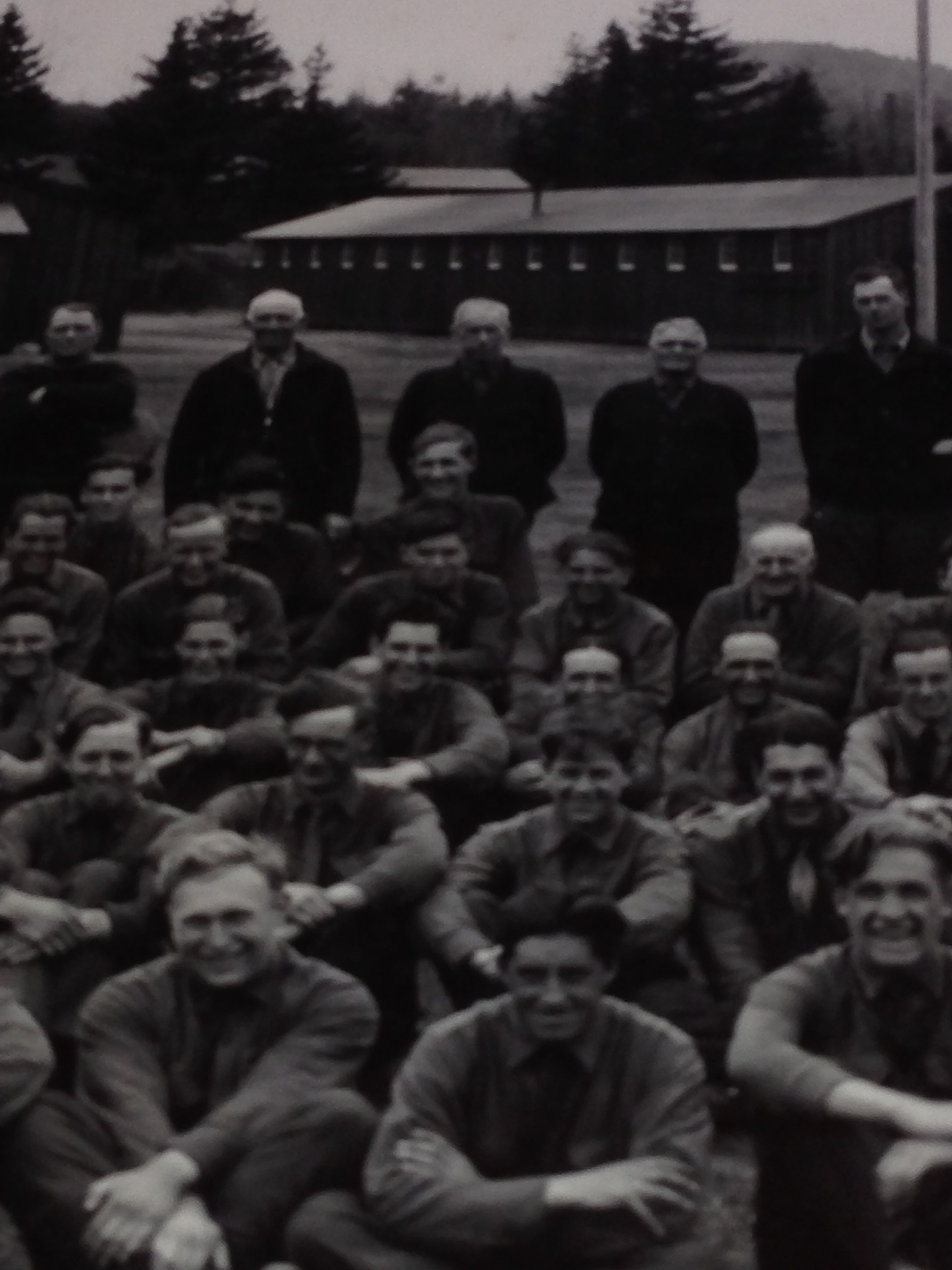By: Jennifer Tufano
We’ve MOVED! Many of you know we operate a seasonal museum at the historic train station depot on Station Street. This building is not insulated so we move out after Columbus Day and put the museum to bed for the winter. What many of you do not know is that over the past several months the historical society has been in negotiations with the Lake Placid Center for the Arts (LPCA), the Lake Placid Education Foundation and the Uihlein Foundation to secure a year-round office and exhibit space in the LPCA Annex.
This is terribly exciting for our organization. First and foremost, this five-year commitment allows the historical society to be a visible and accessible presence in our village. No longer will you have to wonder what we do in the off-season and where we do it. In the off-season we plan our annual appeal, distribute newsletters, take object donations, answer questions from the public and researchers, execute our winter lecture series and plan for the upcoming season. Please come and visit! We are all moved in and ready for business.
That being said, we received a valuable donation recently from R.J. Potter whose father and grandfather each owned a pharmacy in our village back in the early 1900s. In addition to some lovely photographs, a Lake Placid High School yearbook from 1934, and a large, gold letterman’s ‘P’ for participation in high school track, Mr. Potter donated a newly framed photograph from the Civilian Conservation Corps Camp from May 1935. His father, Ira H. Potter, Jr, can be seen young and smiling from the center of the large photograph.
This image is very telling and shows the barracks, cooks, officers, and a couple hundred young men seated wearing uniforms. Some of you may be familiar with this image but how much do you know about the CCC?
The following description is from the NYS Archives: “President Franklin Roosevelt’s Emergency Conservation Work Act, designed to put unemployed men ages seventeen to twenty-eight to work developing forest lands and parks, was passed in March of 1933. Initially named Emergency Conservation Work (ECW), the program was commonly and later (1937) officially known as the Civilian Conservation Corps (CCC). The program was administered by the U.S. Army, the National Park Service, and the Federal Security Agency. Participants were trained at army camps and then transferred to work camps, which provided shelter, food, medical, religious, and educational services as well as employment. The CCC camps nationwide worked on projects in the areas of structural improvement; transportation; erosion control; flood control; forest culture; forest protection; landscape and recreation; and range, wildlife, and other projects.
The CCC camps operated from 1933 until July 1942, by which time mobilization for war had significantly reduced unemployment. At one point New York had 102 of the camps: 39 state forest work camps; 9 private land tent camps; 8 soil conservation service camps; 28 state park camps; 13 Corps of Engineers camps; and 5 military camps. The aggregate number of New York men employed in these camps was 220,752.
In New York, the major CCC projects focused on recreation, fishery, forestry, and pest control. The recreation projects included constructing foot, horse, and ski trails; camping, picnicking and caretaking facilities; and dams and bridges. Fishery projects included developing the Randolph Hatchery, building small dams and rock pools, and planting willows and shrubs along river embankments. Forestry projects aimed at constructing truck trails and lookout towers, and fighting fires. The pest control units treated white pine blister rust, Dutch Elm disease, and infestations of gypsy and brown moths.”
At one time there were 26 different CCC camps in the Adirondacks. Each camp held 200 men and they worked for a $30/month paycheck. Mr. Potter shared with me that at the time, $25 of that monthly paycheck was sent back to the families of these men who were all single and without children themselves. The CCC preferred the men to have high school degrees but it wasn’t required. They received surplus uniforms and boots.
Because of their age and ability to enjoy their local surroundings on the weekends, many men met and married local gals. Then when WWII began, these young men who had already been Army trained were drafted or volunteered to fight. Many immediately became Sergeants after serving as leaders in the CCC.
If you’re wondering what footprint these young men left in our area, simply look into the forest on the way from Lake Placid to Raybrook. There is a section of trees all planted in neat rows and is a sign that the CCC worked there and made that happen.
Mr. Potter is exceedingly proud of the legacy his father and grandfather left in Lake Placid. The objects and photographs he left with me will become part of our permanent collection which helps tell the rich story of our area. Does your family have a similar legacy to share? Please let us know. We’d love to hear your stories.

